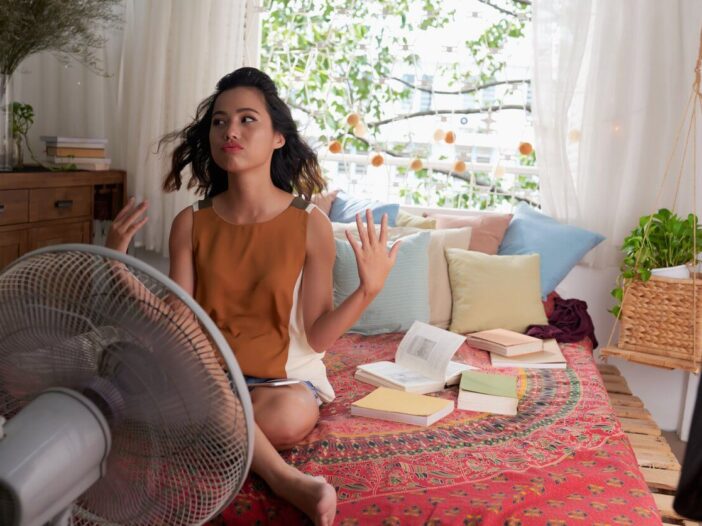
If you’re considering strategies to save energy in your San Diego area home, here’s one to avoid. Shutting rooms to save energy has been shown to be ineffective in modern homes. Newer HVAC systems are designed to work for a specific square footage. When you close off vents, one resulting problem is that you create a smaller conditioning space that your HVAC equipment was not designed to accommodate.
For one thing, if the closed-off room has a return register, it will still suck air into the return ductwork. With the supply ducts closed, unconditioned outside air is sucked through gaps and holes in the walls and windows and into your system, making your HVAC equipment work harder than it should.
When the register is closed off, blocked supply air has to go somewhere. Air and water both have a tendency to take the path of least resistance to travel. All that air has to go somewhere, and the ducts are only designed to hold so much pressure. If you have registers closed, it will cause pressure to build up, and even properly sealed ducts may start leaking.
It is possible to cause your air conditioning system to freeze up by closing too many registers because you’re increasing the load on the unit. This translates into increased energy usage in the home, instead of the intended goal of lowering the energy bill.
For these reasons, shutting rooms too save energy usually isn’t a good idea. However, that does not mean that you can’t use the same basic principle and save energy. Effective strategies include zoning systems and partially closing vents downstairs to allow the second floor to cool off while not overly stressing your HVAC equipment.

